Understanding Prejudice and Discrimination: A Psychological Perspective
Prejudice and discrimination are psychological and social constructs embedded in individual and intergroup relationships. These things must be considered by the psychologists in terms of definitions, causes, effects and mitigation.
Prejudice: An Overview
Prejudice: Prejudice is an arbitrary belief about one person or group based on stereotypes, not on facts. They can be favourable or negative attitudes, though it’s the negative biases that are most often described. Prejudice is most internally mediated, cognitive-affective, in its beliefs (stereotypes) and emotions (anger or aggression).
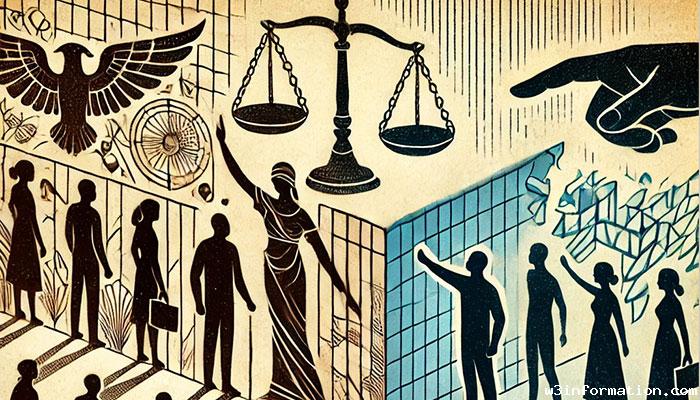
Key Features
- Cognitive Foundation: Prejudice is an occurrence of psychological shortcuts or stereotypes used to reduce the reality of social things.
- Emotional Involvement: Excessive emotions like fear, envy, or hatred are often paired with prejudice.
- Implicit and Explicit Bias: Prejudice can be unconscious (implicit) or explicit (explicit), directing actions subtly or overtly.
Discrimination: An Overview
Discrimination is prejudice’s behavioural expression. It’s policies or practices that are unfair or unequal on the basis of group membership (race, gender, religion, age).
Key Features:
- Individual Discrimination: Direct actions of individuals against others eg, ridicule or exclusion.
- Institutional Discrimination: Institutional policies or practices in organizations or institutions that disadvantage certain groups.
- Structural Discrimination: Larger social systems that generate inequality through the use of historical or structural forces, in some instances intentionally.
Psychological Origins
One psychology theory account for the roots of prejudice and discrimination:
- Social Identity Theory: Individuals divide themselves and others into in-groups and out-groups, which is a way of being who they are and where they belong. There’s prejudice as people try to bolster their self-esteem by prioritising their in-group over the others.
- Theories of Mind: The root of prejudice is the use of heuristics and mental biases like the desire to simplify complicated social worlds.
- Cultural Aspects: Prejudice is inculcated early on in life by socialisation, parental expectations, and exposure to the media.
- Evolutionary Psychology: Prejudice may have formed as a form of survival strategy, to warn us off potentially dangerous groups.
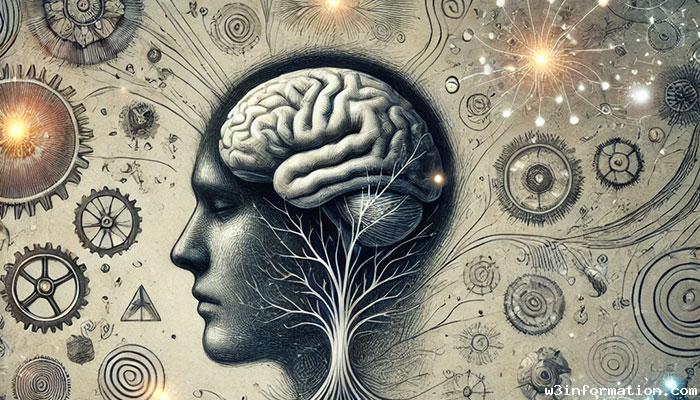
Impacts of Prejudice and Discrimination
- In People: Prejudice and discrimination can cause psychological harm, low self-worth and poor mental health.
- In Society: They cause social rifts, inequalities, and lack of unity.
Mitigation Strategies
- Awareness and Education: Education programs that help understand diversity and combat stereotypes reduce bias.
- Intergroup Contact: Group contact, good and reciprocal, can diminish bias, according to the Contact Hypothesis.
- Interventions Using policy: By enforcing anti-discrimination laws and encouraging equity, institutional and structural discrimination can be addressed.
- Implicit Bias Training: By getting people to acknowledge and manage their unconscious biases they can become more inclusive.
- Develop empathy: Positive perspective-taking can fill in divides between teams and counteract hostility.
Conclusion
Phenomenalizing prejudice and discrimination reveals that they are complexities and persistence. They demand individual and institutional responses that are empathic, fair and inclusive in multilingual societies.
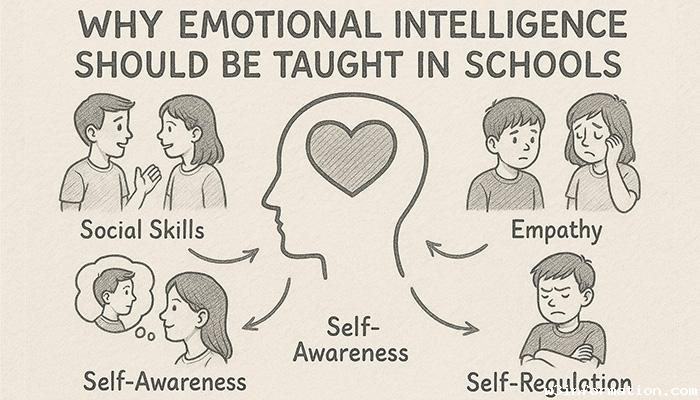 Why Emotional Intelligence Should Be Taught in Schools
Why Emotional Intelligence Should Be Taught in Schools
 The Future of Higher Education: Trends to Watch
The Future of Higher Education: Trends to Watch
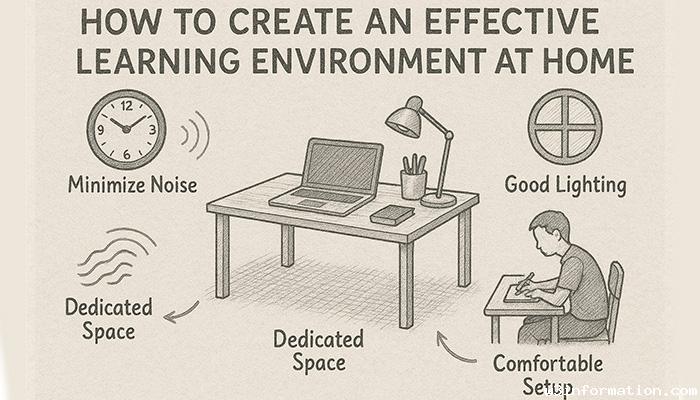 How to Create an Effective Learning Environment at Home
How to Create an Effective Learning Environment at Home
 Top 10 Study Tips for Students
Top 10 Study Tips for Students
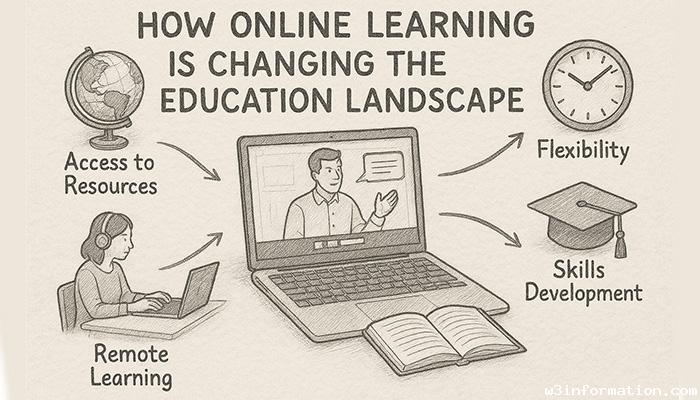 How Online Learning is Changing the Education Landscape
How Online Learning is Changing the Education Landscape
 How to create backend CRM using React JS
How to create backend CRM using React JS